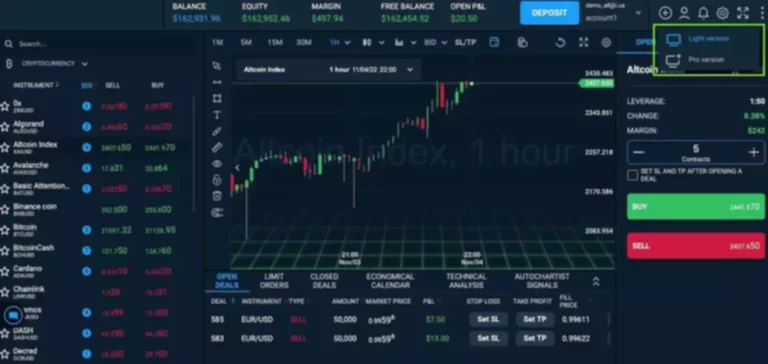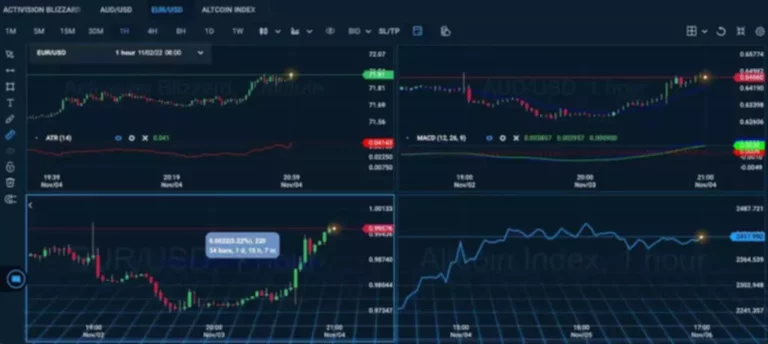Once your late fee items are set up, you’ll be ready to apply them to overdue invoices. Before finalizing these settings, make sure to check your state’s legal limits using tools like the Invoice Overdue Fine Rate Checker. For instance, you might configure a 1.5% monthly fee, a 30-day grace period, and a $50 maximum cap. You can do this by editing the invoice and adding the late fee as a separate line item.
By leveraging the tools and strategies discussed in this guide, businesses can minimize the negative impacts of late payments and improve their overall financial performance. Remember to always consult with legal and financial professionals to ensure compliance and best practices. Implementing a well-structured late fee system, whether manually or through automation, reduces the financial strain of late payments, enhances cash flow predictability, and allows for improved resource allocation. Late fees are an excellent tool which is very useful in getting positive payment behavior. You can easily add and set up automated late fees option in QuickBooks online.
Community
If you have any further questions about late fees, feel free to comment below. Currently, creating a monthly finance charge isn’t available in QuickBooks Desktop. We kindly request your valuable feedback to help us notify our development team.
Understand automatic late fees in QuickBooks Online
- After you add late fees, QuickBooks automatically creates an “Other Income” account named “Late fee income” to track them.
- Seamlessly collaborate with your accountant to make tax time a snap.
- I don’t see the ability to automatically apply late fees in the Sales settings.
The step by step procedure for setting late fee in QuickBooks Online is explained below. At this time, not all QBO accounts have the option to activate the Automatic Late Fees feature. Rest assured our developers will expand this option to more customers in the coming months.
If you are applying late fees (a late fee is also known as a fines or penalty) on your past-due bills then it means you are motivating your clients to make the payment on time. It is your wish that how much you want to charge on the due bills and when you can add it to invoices. QuickBooks online have the great feature that it allows to determine the late fees and then automatically add them as a line item to past-due invoices. Once you enable the late charge setting then QuickBooks computer and apply late fees to past-due invoices automatically. With the automatic late fees feature, you can only apply late fees to overdue invoices. The fee will be applied according to how you set its Frequency and Grace Period options.
Services
Click on “Late fees” to access the settings related to late fee implementation and management. Learn how to set up a late fee in QuickBooks to streamline your finance process and ensure timely payments. Implementing a well-defined and effectively managed late fee system within QuickBooks is a critical strategy for financial health and business stability.
Select a Country
If you’re still unable to find the option, I recommend logging into your account through a private browser. Thus, it’s a great way to check unexpected behavior caused by a full cache. • The Designing options are convenient.• Integration of accounting.• Instant and super fast delivery.• Tracking is very easy.• Payments are done fast in comparison to other. Dancing Numbers helps small businesses, entrepreneurs, and CPAs to do smart transferring of data to and from QuickBooks Online. Utilize import, export, and delete services of Dancing Numbers software.
- Before you can begin setting up late fees in QuickBooks, it’s essential to ensure that the late fee feature is enabled within the software.
- While this is not yet available, manually add the fee to your invoice.
- Please feel free to reach out again and share your thoughts about handling invoices.
- I have many repeat customers so there will be open invoices not subject to a finance charge on recent invoices and finance charges on older open invoices.
- Keep up with your state’s regulations and revisit your late fee policies periodically.
When applying late fees in QuickBooks Online (QBO), the system will only calculate and apply to your invoices the day after you turn on the late fee setting. Since you want to add it to your old invoices, I’d suggest adding it manually by following the steps above. Within QuickBooks, you can generate reports that specifically detail the late fees applied to invoices over a defined period. As part of the invoicing process, QuickBooks monitors the due dates of invoices and identifies those that have exceeded the grace period, triggering the application of late fees. This automation streamlines the late fee application, eliminating the need for manual calculations and interventions, and ensuring consistent enforcement of your late fee policy across all invoices. Good news for you because QuickBooks has a feature that automatically calculates late fees or finance charges on overdue invoices.
Keep in mind that not all QuickBooks Online versions support automatic interest application. If needed, you can manually add late fees – refer to the ‘Manually Adding Late Fees’ section earlier in this guide. Here are answers to common questions about managing overdue interest and late fees in QuickBooks Online, designed to simplify your accounts receivable process. Keeping an eye on late fees in QuickBooks Online ensures they’re accurate and comply with legal requirements. To review, head to the “Invoices” section in your QuickBooks Online dashboard and select the invoice you want to check.
Conclusion: Key Points for Managing Overdue Interest and Fines
QuickBooks Online offers automation options for late fees, though availability depends on your location. For businesses in the US, built-in automation tools can be found in the Sales settings. If you’re outside the US, you might need to explore other solutions.
You can always ask me for additional questions about adding automatic late fees. Furthermore, QuickBooks generates detailed records of late fee applications, allowing you to track and review the late fees imposed on specific invoices. This visibility enables you to maintain accurate financial records and facilitates communication with clients regarding any late fees incurred, promoting transparency and accountability in your financial dealings. Now, let’s delve into the step-by-step process of setting up late fees in QuickBooks, empowering you to take control of your financial management and optimize your invoicing procedures. Implementing a well-structured late fee system in QuickBooks can significantly improve your cash flow and streamline your invoicing process. Handling overdue interest and fines in QuickBooks Online requires a mix of clear policies, proper setup, and the smart use of automation tools.
Seamlessly collaborate with your accountant to make tax time a snap. QuickBooks Desktop provides more flexibility for automating late fees, although it still requires manual setup and doesn’t offer fully automated late fee application. I’ve had quite a few clients ask about using late fees in QuickBooks Online lately, so I thought I’d write an article about how to set them up and use them.
We put on the bottom of our invoices 1.5% Monthly Interest charged on all past due accounts. Invoices that are past due will show a late-fee line item under Product or service on the invoice. No, QuickBooks won’t automatically email an invoice to customers on your behalf. However, you can send customers invoice reminders by email within QuickBooks Online. This article draws upon extensive research, including official QuickBooks documentation, user forums, and expert opinions in accounting and finance. We’ve compiled best practices and common solutions to ensure accuracy and practicality for users of varying skill levels.
It helps in determining when you can apply the cost and its amount. There are Different fee options which are available in QuickBooks Online, which includes a flat fee, a percentage, or both. From here, you can set up late fees in QuickBooks Online – flat fee or percentage of remaining balance and the frequency (once per invoice, per month, or per day) as well as an optional one time fee. Although QuickBooks Online doesn’t offer global automation for late fees, tools like Marcus can handle calculations, reminders, follow-ups, and tracking. This minimizes manual work, ensures consistent implementation, and saves time – helping you improve cash flow and encourage better payment habits.
By customizing these settings to suit your business needs, you can establish a fair and transparent late fee policy that encourages timely payments while maintaining positive client relationships. Unfortunately, QBO doesn’t have a built-in feature to automatically add late fees to overdue invoices. However, you can achieve this through a combination of manual processes, third-party apps, or custom workflows. Historically, our clients have found it much more difficult to get these paid and have to be voided.
In this episode, Nick Baldo introduces QuickBooks online and its latest feature for rental businesses. He provides a detailed guide on managing and adding late fees on invoices in QuickBooks, explains account settings, and previews the beta version of the late fees feature. Nick walks through how to set up a flat fee and frequency for late fees, ensuring legal compliance. He also explains how to check late fee applications and the manual charging process, and how to configure grace periods for late fees. The episode concludes with a review of the benefits of automatic late fee additions for landlords and a plug for resources on incomedigs.com. The issue is with late fees that belong to a past due invoice, that are charged on a monthly basis, adding a new entry to an invoice’s original date throws off the closed financials.
QuickBooks starts to calculate the late fees at 12 AM PT and should finish applying them sometime before 7 AM PT. Now that we’ve established the importance of late fee implementation, let’s delve into the specific steps for setting up this crucial feature in both QuickBooks Online and QuickBooks Desktop. You can easily apply various types how to set up late fees in quickbooks online of late fee policies to different customers using QuickBooks Online.



